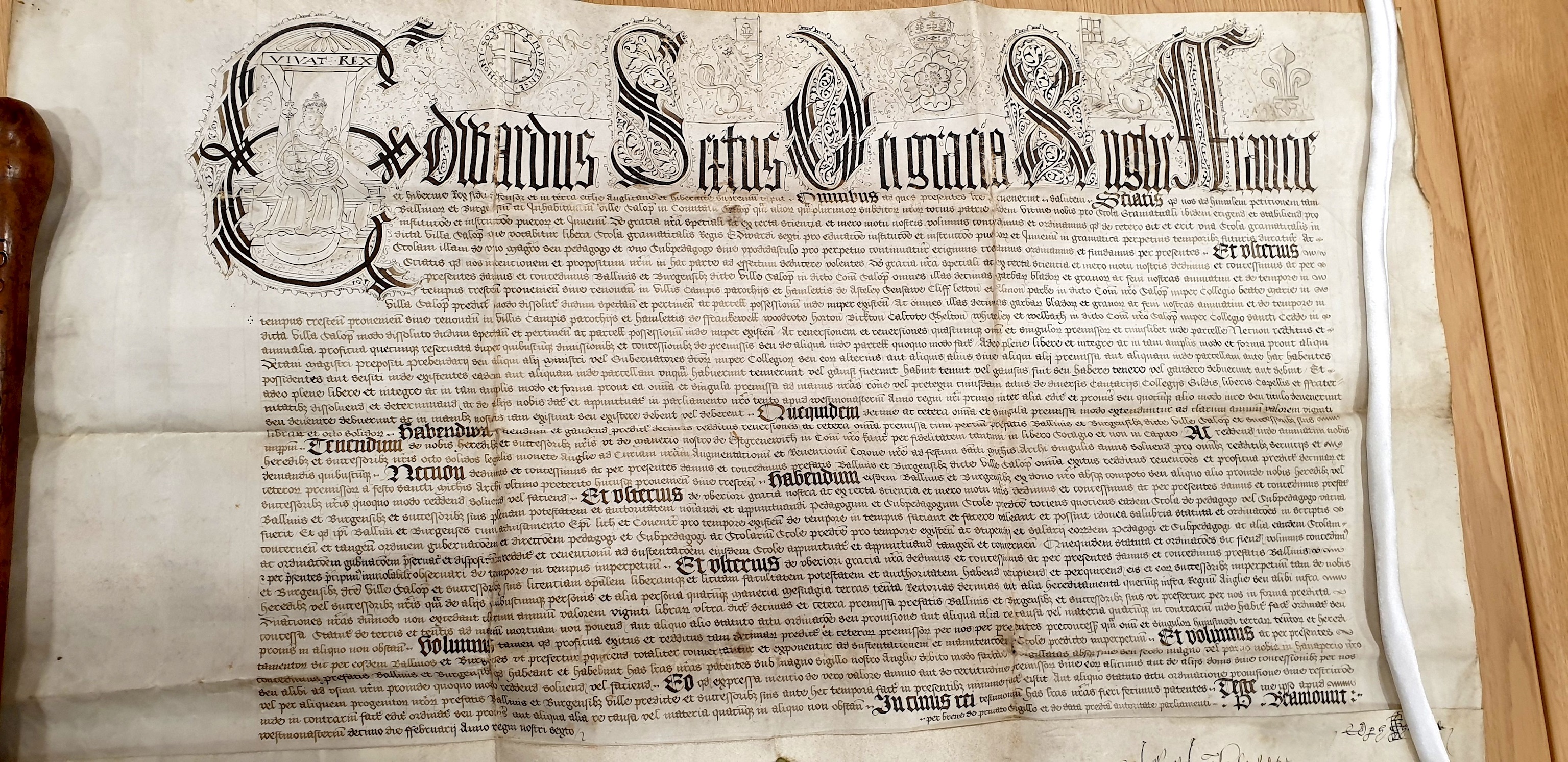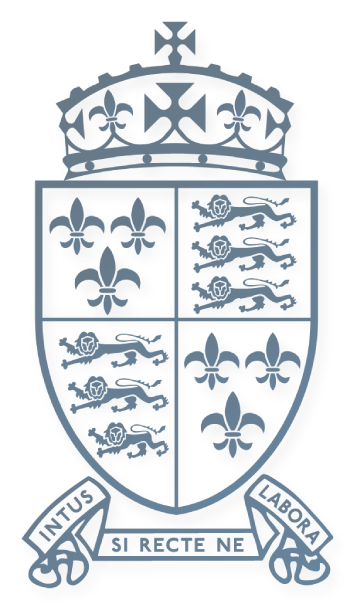
Foundation of Shrewsbury School by Royal Charter, 1552

On 10th February 1552, a Charter was granted by King Edward VI for the foundation of a ‘Free Grammar School’ (Libera Schola Grammaticalis) in Shrewsbury.
The event continues to be celebrated each year with a special Service for Founders and Benefactors held in Shrewsbury School Chapel, attended by the Mayor and representatives of Shrewsbury Town Council. Their predecessors, the Bailiffs and Burgesses of Shrewsbury, played a vital role in securing royal consent for the School.

Photo: King Edward VI's Charter
The first steps toward the School’s foundation began in 1548, the year after King Edward acceded to the throne. The number and quality of schools accessible to boys living outside London had dwindled, and King Edward VI’s government set up a Commission for General Education in order to establish Royal Grammar Schools in different parts of England, using the revenues from ecclesiastical establishments that had been dissolved under Henry VIII. However, Shrewsbury was not one of the towns originally selected by the Commissioners in 1548 as a site for a Royal Grammar School.
Later that year, Reginald Corbet, Recorder of Shrewsbury and later Justice of the King’s Bench, petitioned the Lord Chancellor for his help in obtaining a charter for the foundation of a Free School in the town, and £20 was secured by the Corporation of Shrewsbury for the purchase of suitable buildings.
In 1550, Hugh Edwardes, a London mercer born near Ellesmere of an ancient Welsh family, and Richard Whittaker, one of the Bailiffs of Shrewsbury and a rich clothworker, presented a petition to the King on behalf not only of “the Bailiffs and Burgesses and the Inhabitants of the town of Shrewsbury”, but of “very many other subjects of our whole neighbouring country there”, that a grammar school might be founded in the town. They suggested that the school could be endowed out of the revenues of the newly dissolved ecclesiastical colleges of St Mary’s and St Chad’s.
Their petition was successful, and the Charter that was signed and sealed by King Edward VI two years later provided for a master and an under-master or usher to be appointed by the Corporation to provide a free grammar school education to all comers. The School was to be governed by regulations agreed upon between the Corporation and the Bishop of Lichfield.
In anticipation of the Charter, “a house and other lands and tenements” near Shrewsbury Castle were acquired for £20 from John Prowde for the future school.

Photo: Rigg’s Hall, one of the original School buildings, now the offices of Shrewsbury Town Council.
However, it was another nine years before the Revd Thomas Ashton, generally regarded as Shrewsbury School’s first Headmaster, took up his post, in 1561.
[Thomas Ashton was born in about 1500 and was an early graduate of St John’s College, Cambridge, of which he was a resident Fellow 1521-41. This college was one of the key centres of the Protestant reformation and by the time he came to the hitherto Catholic town of Shrewsbury in about 1561, Ashton had a reputation as a powerful Protestant preacher with influential friends at Court. Ashton worked closely with the town authorities and became in effect the first Protestant 'public preacher' in Shrewsbury, having a major impact not only on the growth of Shrewsbury School but also on the religious history of the town. – This para could be included in Headmasters section.]
Although much of Shrewsbury’s very early history is obscure, we do know that the first pupil to be enrolled at the School hailed not from Shropshire but from Buckinghamshire. The first complete list of boys then in the School was recorded by Thomas Ashton in a School Register that continues to this day. On 28th December 1562, a year after taking up his post, Ashton’s Register already numbered 266 pupils, of whom half are recorded as ‘alienus’ (coming from outside the town) and the other half ‘oppidanus’ (a town boy). By the end of 1570, a further 663 names had been added, of whom only 106 were ‘oppidans’.
This trend continued; under the headmastership of Thomas Ashton, pupil numbers steadily increased and Shrewsbury rose to national prominence. So great was Ashton’s success that when William Camden, then a master and later a Headmaster of Westminster School, wrote his book Britannia in 1586, he described Shrewsbury as "the best filled [school] in all England, being indebted for [its] flourishing state to the provision made by the excellent and worthy Thomas Ashton. Besides the children of the gentry of this county and North Wales, many of the first people of the kingdom sent their sons there."
Among these “first people of the kingdom” were Sir Henry Sidney and Lady Mary Dudley, whose son Philip – later to become the renowned Renaissance soldier, statesman, diplomat, poet and earliest famous Salopian – joined the School as a pupil on 17th October 1564, the same day as the boy who was to become his lifelong friend and biographer, Fulke Greville, later 1st Baron Brooke, poet, dramatist and statesman.

